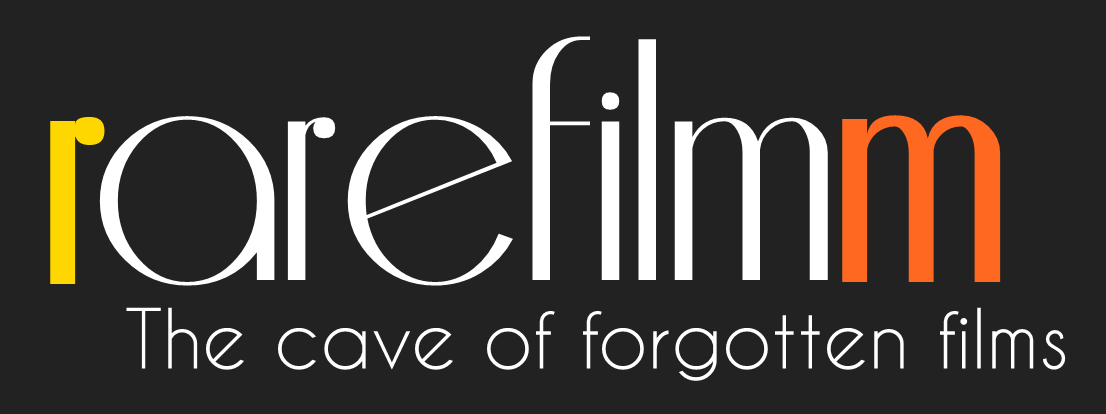This documentary outlines the ways in which British policies during the First World War have contributed to the instability of the Middle East region today. Through never/before/seen documents and photos, we look at the secret agenda of the British government in WWI and its unfortunate aftermath.
Category: Documentary
Nearly a decade before data confirmed that children of lesbian mothers thrive, this groundbreaking documentary showcased this vital truth. Shot largely in Los Angeles and the San Francisco Bay Area, the film explores the diverse experiences of eight families facing custody battles, legal scrutiny and widespread societal bias. Through tender interviews and intimate footage with the parents and, most poignantly, their children, this documentary offers a heartrending portrayal of parental love, challenging stereotypes and normalizing an exceedingly valid family model.
The female Moroccan musicians known as sheikhates sing about the realities of life – about the land, nature, wars, mountains, crises and, of course, they sing about love. In short, their music represents the heritage of Morocco. Director Ali Essafi offers a marvelous portrait of the daily lives of these regional folk singers, exploring how their music has evolved over the years – along with society’s acceptance of the women who perform this music in public. SHEIKHATES BLUES features interviews with many of the popular musicians of today, who perform a number of their wonderful songs, and culminates with a colorful sheikhates performance at the Rabat Music Festival of 2003.
In 1969 Palestinian Leila Khaled made history by becoming the first woman to hijack an airplane. As a Palestinian child growing up in Sweden, filmmaker Lina Makboul admired Khaled for her bold actions; as an adult, she began asking complex questions about the legacy created by her childhood hero. This fascinating documentary is at once a portrait of Khaled, an exploration of the filmmaker’s own understanding of her Palestinian identity, and complex examination of the nebulous dichotomy between ‘terrorist’ and ‘freedom fighter’.
The least known massively influential person in international cinema, Pierre Rissient is a samurai warrior on behalf of the films he believes in. Instigator of the Cercle MacMahon, assistant director on “Breathless,” champion of blacklisted filmmakers, confidant of Ford and Walsh, Hawks and Lang, Pierre was the first to detect the potential of Clint Eastwood, director, brought Chinese cinema to Cannes with “Touch of Zen,” discovered Jane Campion and has been a key behind-the-scenes figure in Cannes for more than forty years; he is also the only person who can circulate freely in the Palais du Festival at all hours in a t-shirt. In this film, surrounded by those he has promoted through the years, Pierre Rissient himself finally moves into the spotlight.
Celebrated pop diva, actress, filmmaker, human rights activist and artists’ muse Jane Birkin talks about her life on screen and in the recording studio, and her celebrated relationship with the late French songwriter Serge Gainsbourg, in an intimate profile.
Broadcast in 2001, La Revolution Tropicaliste is a French TV documentary on the amazing Brazilian music movement known as Tropicália. Such brilliant artists as Gilberto Gil, Tom Ze, Os Mutantes, Gal Costa & Caetano Veloso all played a prominent part in the development of the genre, and they are all seen here in archival footage and recent interviews. Featuring a plethora of vintage live performances and great documentary footage of Brazil then and now, this doc is a must see for fans of the Tropicália genre.

 For any questions or requests you can always find me at rarefilmm@gmail.com. Stay tuned for those new movies! Thank you once again for all the love and support and thanks a lot to everyone who keeps spreading the word about the site, the rarefilmm community is truly amazing, I'm very grateful for all your love and support
For any questions or requests you can always find me at rarefilmm@gmail.com. Stay tuned for those new movies! Thank you once again for all the love and support and thanks a lot to everyone who keeps spreading the word about the site, the rarefilmm community is truly amazing, I'm very grateful for all your love and support 
